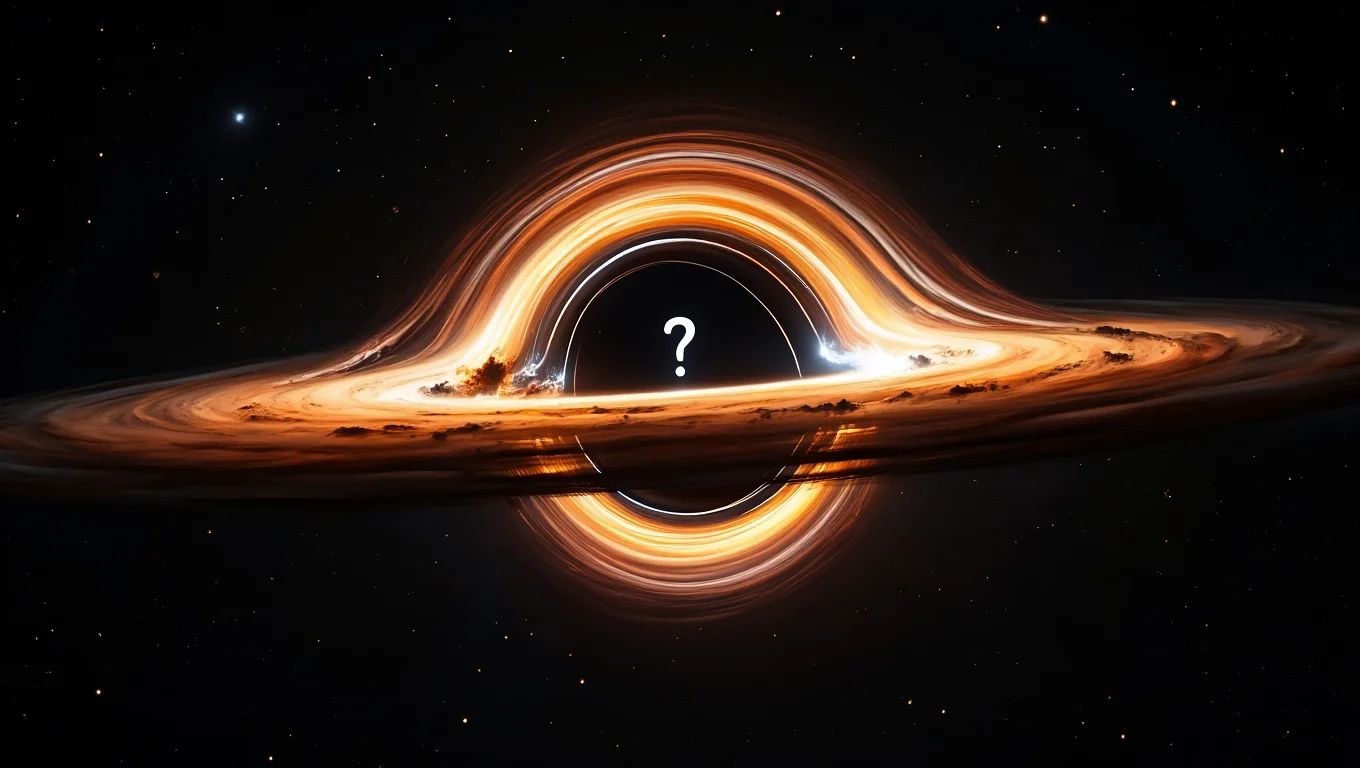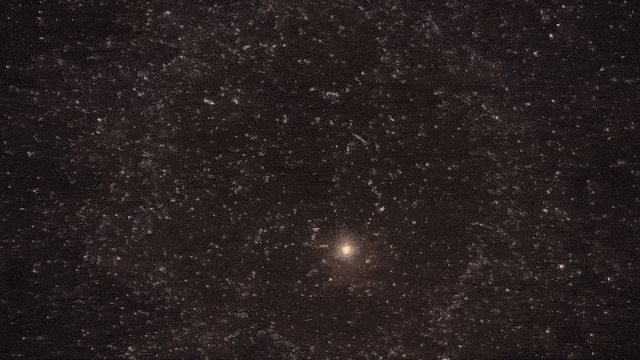💥 A black hole explosion could be observed in the coming years!
Follow us on Google News (click on ☆)
Primordial black holes, on the other hand, are theoretical objects that could have formed less than a second after the Big Bang, from extremely dense regions of the early Universe. Unlike stellar black holes, they could be much lighter and are ancient relics from a time when the Universe was primarily composed of hydrogen and helium.

While black holes are generally known for absorbing everything around them, physicists have long theorized that they eventually explode at the end of their lives through a process called Hawking radiation. Previously, it was thought that such explosions occurred only once every 100,000 years. However, new research, published in the journal Physical Review Letters, indicates that we could witness this extraordinary phenomenon much sooner than expected.
According to Aidan Symons, a graduate student at the University of Massachusetts, there is up to a 90% chance of observing a black hole explosion within the next ten years, as current telescopes, both space-based and ground-based, are already capable of detecting such an event. The black holes most likely to explode are not the massive stellar remnants we usually imagine, but rather primordial black holes.
As physicist Stephen Hawking demonstrated in the 1970s, the lighter a black hole is, the hotter it becomes and the more it emits particles via Hawking radiation. Primordial black holes, as they evaporate, become lighter and hotter, emitting even more radiation in an uncontrolled process until they explode. The research team's breakthrough came from questioning long-standing assumptions about the electrical properties of black holes.
While standard black holes have no electric charge, the team explored what might happen if primordial black holes formed with a small electric charge involving hypothetical heavy particles called "dark electrons." A "dark electron" would be a much heavier version of the traditional electron, but interacting via "dark electromagnetic forces" instead of ordinary electromagnetism.

Animation showing a black hole absorbing a star.
In theoretical models called dark QED, these particles would carry a dark electric charge and interact via dark photons, which could affect the behavior of matter around black holes. The team postulates that if a primordial black hole forms with a small dark electric charge, it should be temporarily stabilized before finally exploding.
This stabilization effect could significantly increase the probability of observing such explosions, from once every 100,000 years to potentially once per decade. A black hole explosion would not only be a spectacular sight; it would provide scientists with a catalog of all existing subatomic particles.
This would include not only particles already discovered, such as electrons, quarks, and the Higgs boson, but also particles not yet detected, perhaps even dark matter. The team emphasizes that, while they do not guarantee that an explosion will occur this decade, the high probability means we should be prepared.
Fortunately, our current telescope technology is already capable of detecting the telltale signs of Hawking radiation from an exploding primordial black hole.
Hawking radiation
Hawking radiation is a theoretical phenomenon proposed by Stephen Hawking in 1974, which predicts that black holes are not completely black but emit faint radiation due to quantum effects near their event horizons. This process leads to a loss of energy and mass from the black hole, causing its gradual evaporation over extremely long timescales.
For stellar-mass black holes, this radiation is negligible, but for lighter black holes, such as primordial black holes, it becomes significant and can accelerate their evaporation. The emitted radiation consists of particles and antiparticles that form spontaneously near the horizon, with one falling into the black hole and the other escaping.
This mechanism helps us understand the ultimate fate of black holes and could have implications for black hole thermodynamics and information theory. Although not yet directly observed, its detection would be a major validation of quantum physics and general relativity.
Primordial black holes
Primordial black holes are hypothetical objects that could have formed in the first instants of the Universe, shortly after the Big Bang, approximately 13.8 billion years ago. Unlike stellar black holes, they do not originate from the collapse of stars but from density fluctuations in the primordial Universe, when matter was extremely hot and dense.
Their mass could vary considerably, ranging from fractions of a gram to thousands of solar masses, making them potential candidates to explain dark matter or other cosmological phenomena. Their formation is linked to processes such as cosmic inflation or phase transitions in the young Universe.
If they exist, primordial black holes could be detected through their gravitational effects, their evaporation via Hawking radiation, or their interactions with other objects.